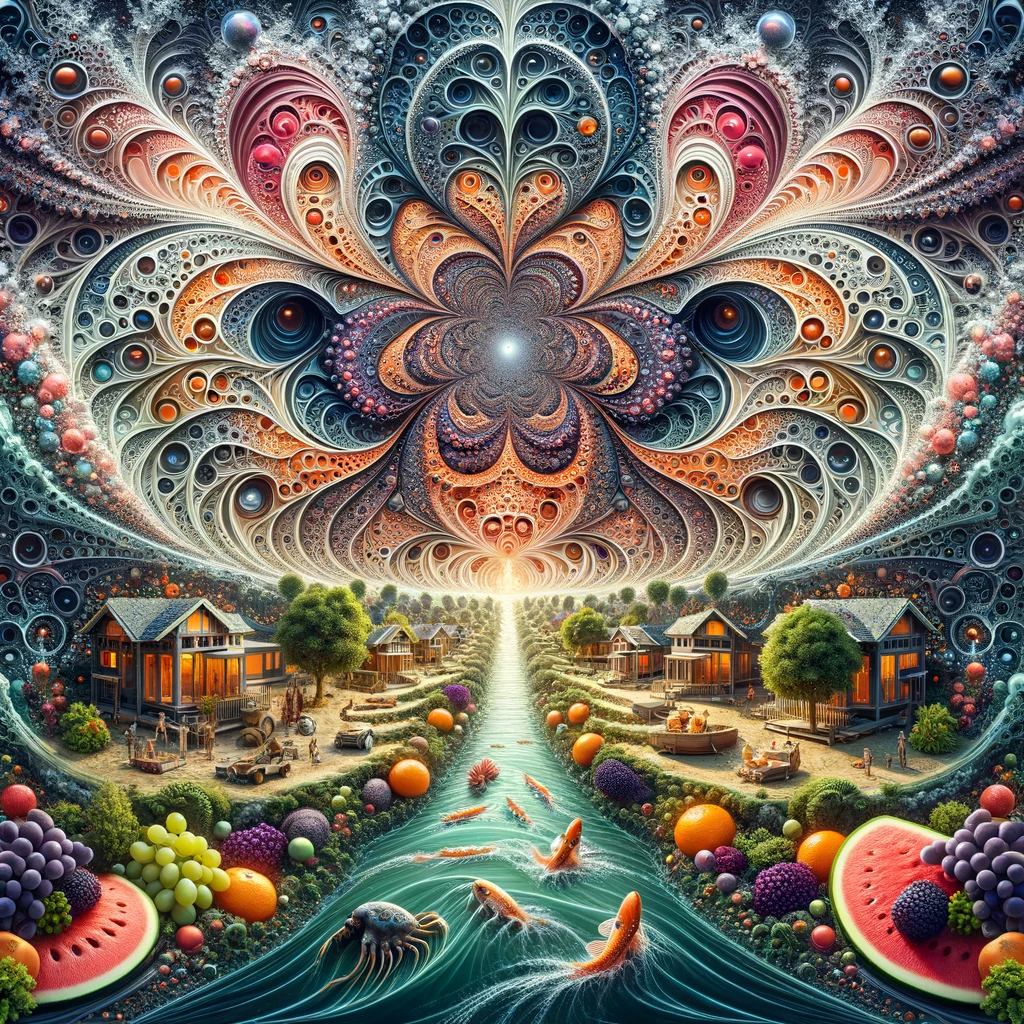Cocktails are more than just a mixture of spirits, mixers, and garnishes; they’re a symphony of flavors, textures, and aromas. The art of mixology has long been celebrated, however what many don’t realize is that cocktail-making is deeply rooted in science. From the chemistry of flavors to the physics of shaking and stirring, the perfect cocktail is a results of several scientific rules working in harmony. This article explores the fascinating world of cocktail chemistry and breaks down the science behind creating the right mix.
The Chemistry of Taste
When we think of taste, we frequently focus on taste—candy, salty, sour, bitter, and umami—but taste is a complex sensory experience that additionally involves aroma, texture, and even temperature. Cocktail scientists pay shut attention to how completely different ingredients interact on a molecular level to create a balanced and enjoyable drink.
Probably the most crucial parts in the chemistry of cocktails is the interaction between alcohol and other flavor compounds. Alcohol acts as a solvent, that means it helps extract and carry taste compounds from ingredients like herbs, spices, citrus, and fruits. For example, whenever you muddle mint leaves in a Mojito, the alcohol helps release oils from the mint, adding to the refreshing aroma and flavor. This is why many cocktails are designed with a particular alcohol base that complements the opposite ingredients and enhances the overall flavor profile.
One other necessary factor in cocktail chemistry is the pH of the ingredients. Acidity performs a vital position in balancing the sweetness or bitterness of a drink. Citrus fruits, equivalent to lime and lemon, are commonly utilized in cocktails for their tartness, which can counterbalance the sweetness of syrups or liquors. The acidity of citrus additionally helps in extracting flavors from different botanicals, such as in gin-based cocktails. The correct balance between acidic and sweet elements is essential for making a harmonious flavor profile.
The Position of Temperature
Temperature plays a significant role in the way we expertise cocktails. While you mix a drink with ice, the process does more than just chill the beverage—it additionally dilutes the drink slightly, which can mellow out robust flavors and bring balance to the overall taste. The colder the drink, the less likely it is for unstable compounds (these accountable for the aroma) to evaporate, which is why a superbly chilled cocktail retains its fragrance and aromatic advancedity.
Shaking or stirring a cocktail can even affect the feel of the drink, which is an typically-overlooked side of mixology. Shaking with ice causes the liquid to turn out to be aerated, creating tiny bubbles that give the drink a smooth, silky texture. On the other hand, stirring a cocktail ensures that it is well-mixed without over-diluting, and the result is a drink that maintains a more refined texture and clarity, similar to in a basic Martini.
The Physics of Mixing
The way ingredients are mixed can impact the final drink’s texture, dilution, and even its appearance. Whether you might be shaking, stirring, or muddling, every technique serves a specific function that is governed by the ideas of physics.
Whenever you shake a cocktail, the motion forces the liquid and ice to collide, breaking down the ice into smaller particles and causing the drink to chill quickly. The force additionally encourages the ingredients to blend more completely, which may also help in extracting and distributing flavors evenly. Nonetheless, it’s essential to strike the right balance—shaking a cocktail for too long or too hard can lead to over-dilution or a drink that’s too frothy.
Stirring, on the other hand, relies on a gentler approach that’s supreme for drinks like the Old Fashioned or Negroni, where clarity is key. The physics of stirring involves a delicate rotation of the spoon within the glass, which slowly blends the ingredients together without introducing extreme air or breaking up the ice. This method allows for better control over the dilution process, guaranteeing that the drink retains its intended taste profile.
Garnishes and Aromatics
While the chemistry of taste is vital, the science behind garnishes and aromatics is equally important. The olfactory system (our sense of odor) is closely linked to our expertise of taste, and many cocktails feature aromatic garnishes to enhance the sensory experience. A twist of citrus peel, a sprig of rosemary, or a couple of coffee beans can elevate a easy cocktail into an extraordinary one by engaging the nostril and creating a fuller, more advanced drinking experience.
Using essential oils from garnishes additionally plays into cocktail chemistry. While you categorical a citrus peel, as an example, you release oils that contribute to the fragrance and taste of the drink. Similarly, herbs like thyme or basil comprise compounds that may infuse the drink with additional flavors when muddled or added as garnishes.
Conclusion
Cocktail chemistry is an intricate science that blends the principles of chemistry, physics, and biology to create the perfect drink. From understanding the role of temperature and acidity to mastering the strategies of shaking and stirring, mixologists rely on scientific knowledge to raise their craft. Whether or not you’re an beginner residence bartender or a seasoned mixologist, the following time you make a cocktail, take a moment to appreciate the fascinating science behind your drink—and bear in mind, creating the proper cocktail is as much about science as it is about art.
To see more information in regards to Cocktailkurse Berlin have a look at our site.

Leave a Reply